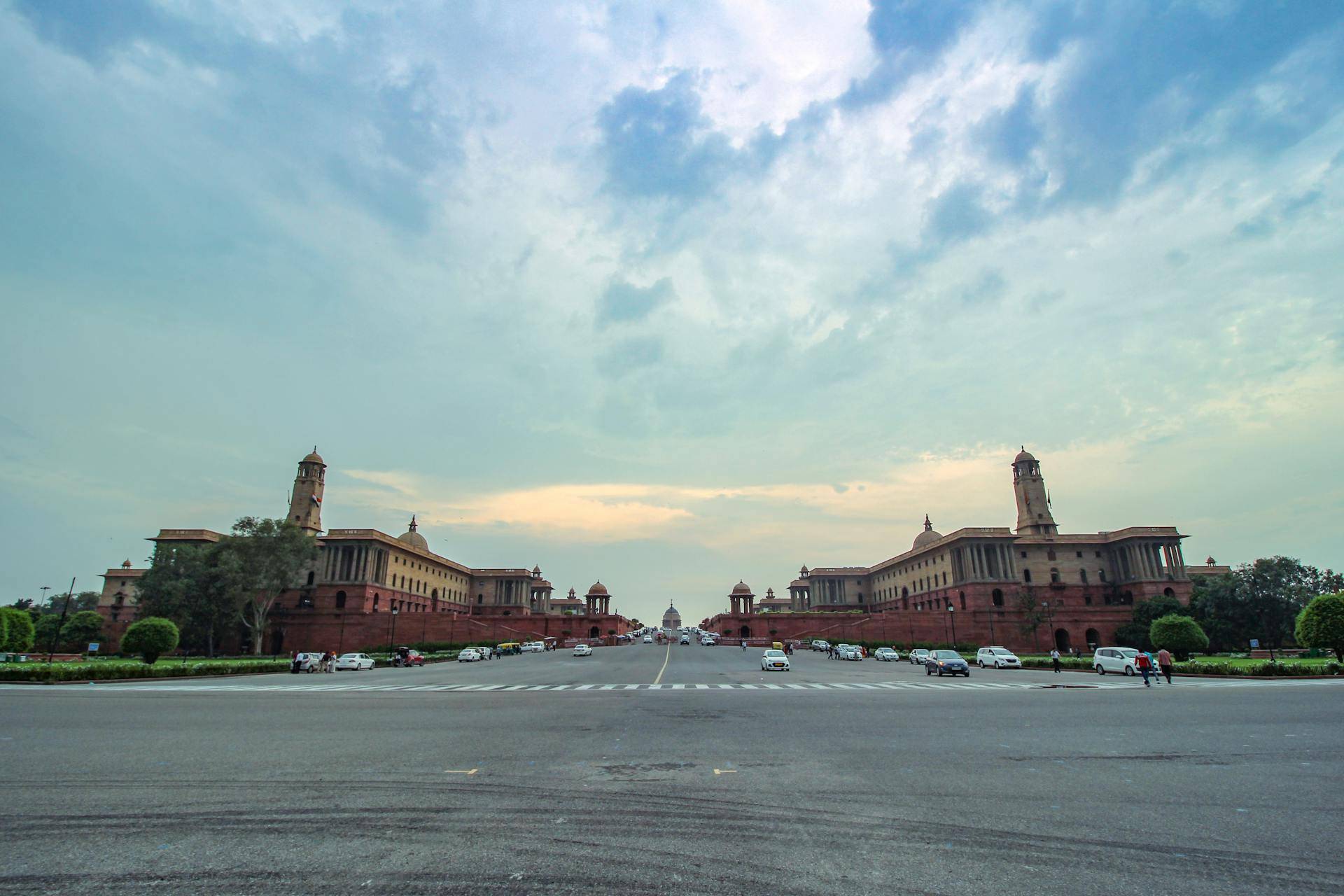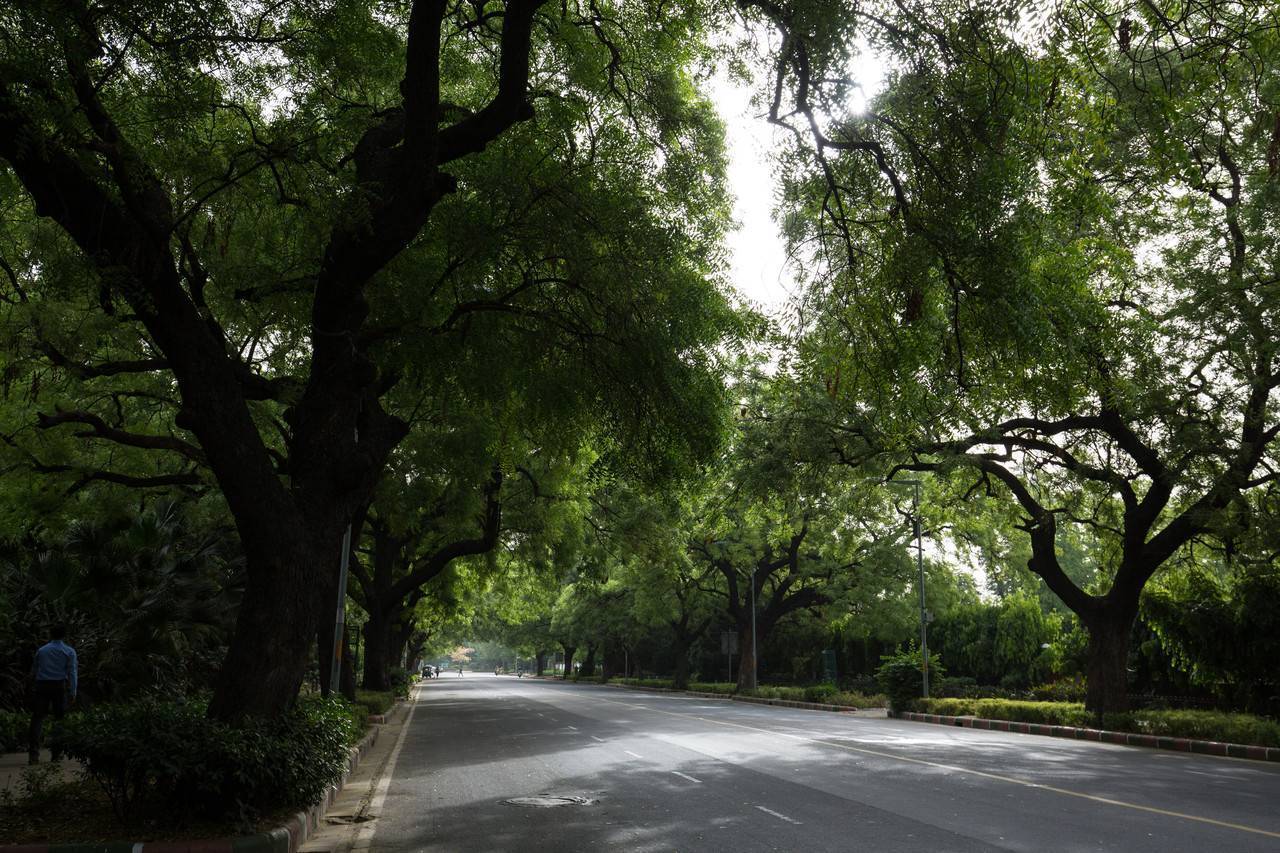India and France have announced a significant partnership to construct the Yuga Yugeen Bharat National Museum, which will be the world’s largest museum. This museum will be located on Raisina Hill in New Delhi, just opposite Rashtrapati Bhavan. The museum will showcase India’s history, spanning over 5,000 years, and will occupy two important buildings, the North Block and South Block, which currently house several key government ministries.
The museum will cover an area of 1.17 lakh square meters, with 950 rooms spread over multiple floors. This project, which combines historical preservation with modern infrastructure, will serve as a platform to display India’s vast cultural heritage. The location, Raisina Hill, is central to India’s government, with the Rashtrapati Bhavan and other important offices situated nearby. The museum will be a significant addition to this historic area.
Foreign Minister S. Jaishankar highlighted the importance of this project, noting that culture plays a key role in a nation’s international relations. He described it as an example of India and France’s cooperation, based on the exchange of best practices and shared experiences. He also stressed that the museum will represent India’s journey through time and will be a source of national pride.
The design of the museum draws inspiration from France’s Louvre Museum, which transformed from a royal palace into a world-renowned cultural institution. France’s expertise in repurposing historic buildings for modern use will be instrumental in adapting the North and South Block buildings for the museum. The French government’s involvement in the project reflects the close relationship between the two countries in the fields of culture and heritage preservation.
The work to prepare the North Block for its new purpose has already begun, with the mapping and blueprint stages completed. The South Block is also undergoing similar preparations. Once the museum is completed, it will be a key destination for anyone interested in understanding India’s rich and diverse history. The project is expected to serve as both an educational resource and a cultural landmark.
The North and South Blocks were designed by British architects Sir Edwin Lutyens and Sir Herbert Baker between 1911 and 1931, during the British colonial period. These buildings have historical significance, and their transformation into a museum marks a major shift in their use. The museum will occupy space where some of India’s most important government offices are currently located, symbolizing a move away from colonial history and toward a new, independent identity.
The museum will offer a range of exhibits covering various aspects of India’s history, culture, and achievements. It will include displays on India’s political history, ancient civilizations, scientific advancements, and cultural traditions. The museum will aim to provide visitors with a comprehensive understanding of India’s past while also addressing contemporary issues and narratives.
The partnership between India and France in this project highlights the growing cultural and diplomatic ties between the two countries. France’s experience with museums like the Louvre provides valuable expertise in transforming historic buildings. The project also reflects both nations’ commitment to preserving cultural heritage while making it accessible to the public in a modern context.
Prime Minister Narendra Modi shared an illustration video on his YouTube page, showcasing the key features of the upcoming Yuga Yugeen Bharat National Museum, set to be the world's largest.
The museum’s creation is still in progress, and a completion date has not yet been announced. However, with the extensive planning already in place, it is expected to be a major cultural landmark once finished. The museum will not only be a hub for historical learning but also serve as an attraction for tourists, scholars, and anyone interested in India’s rich heritage.









.png)